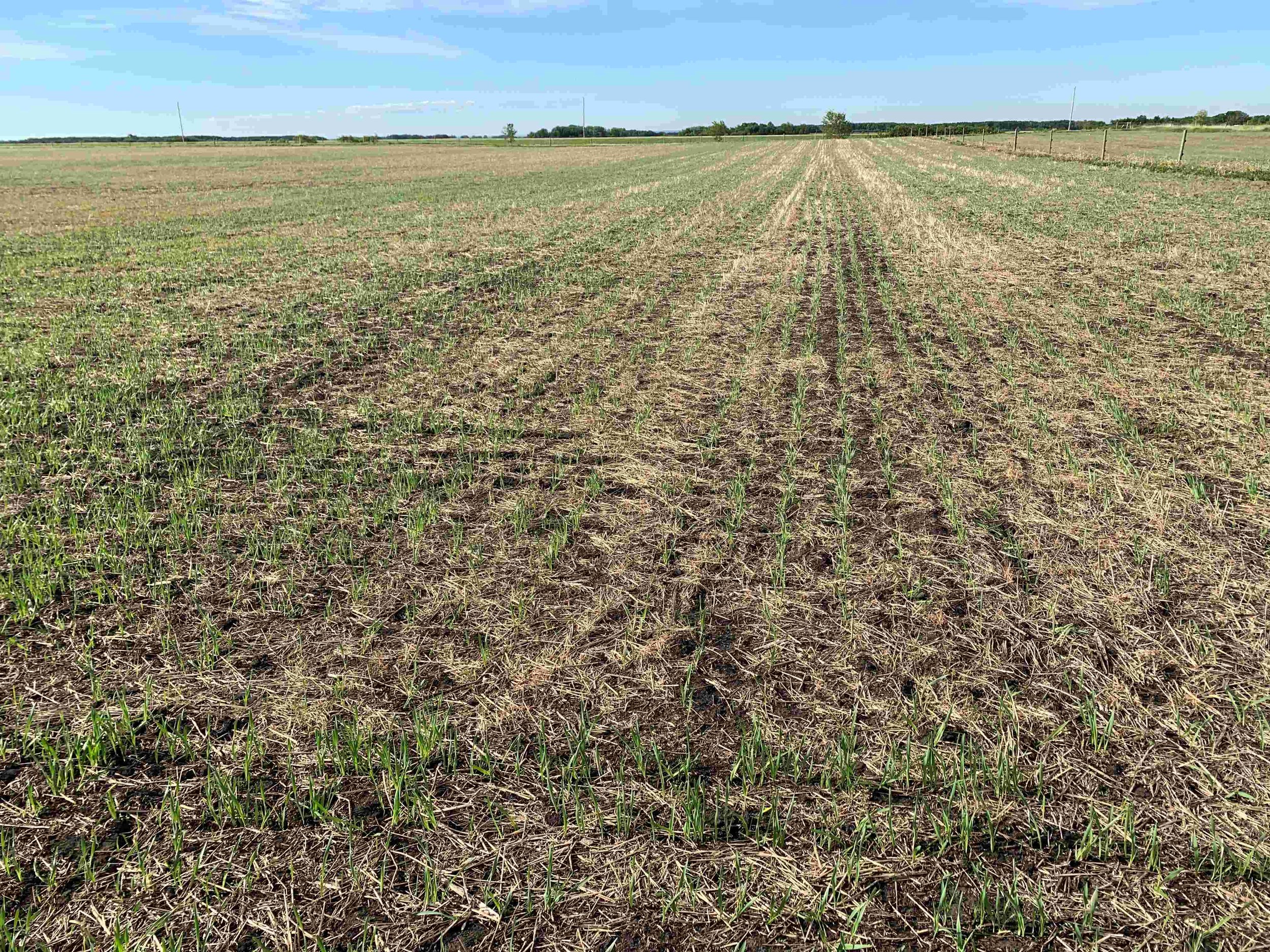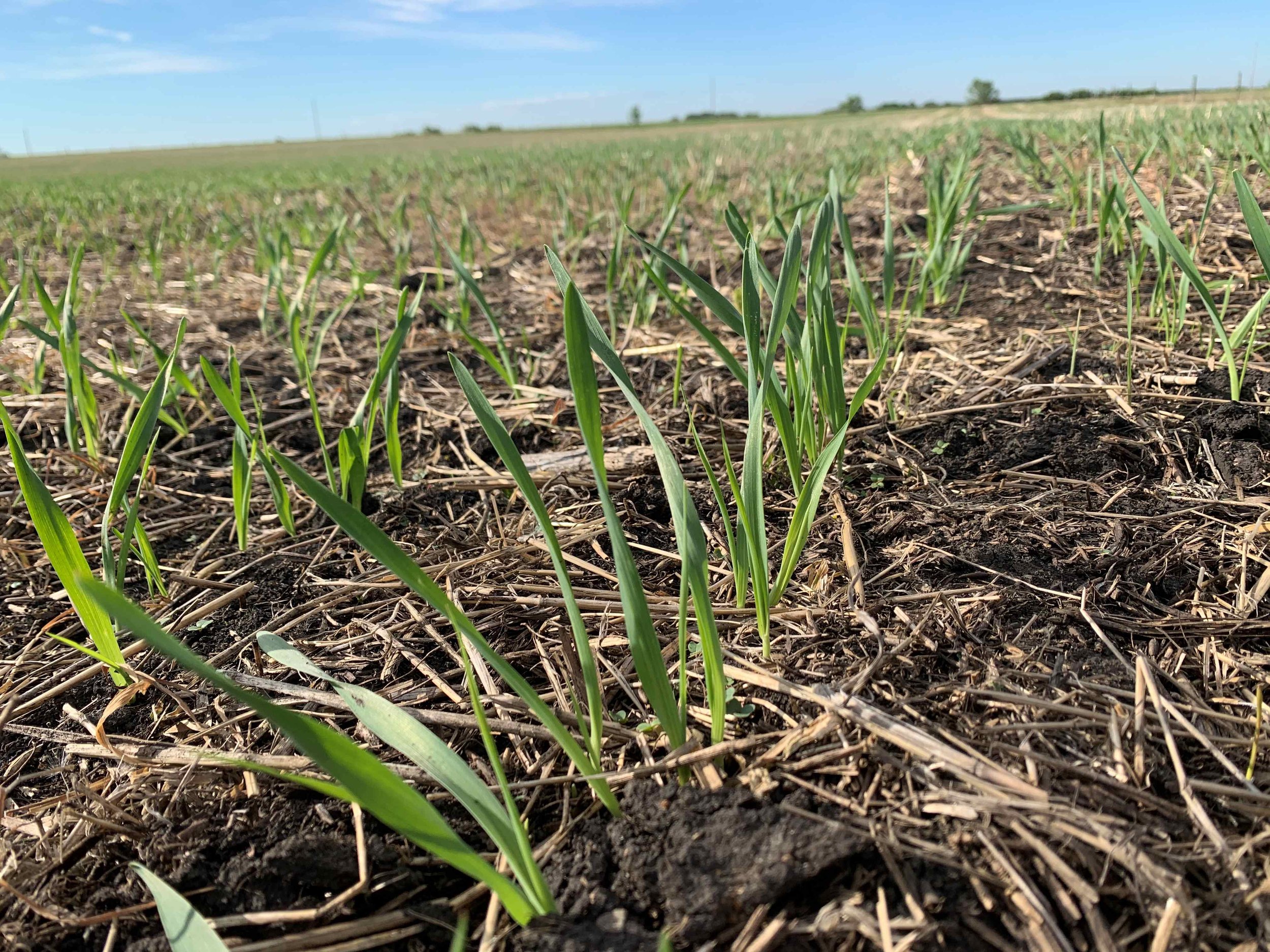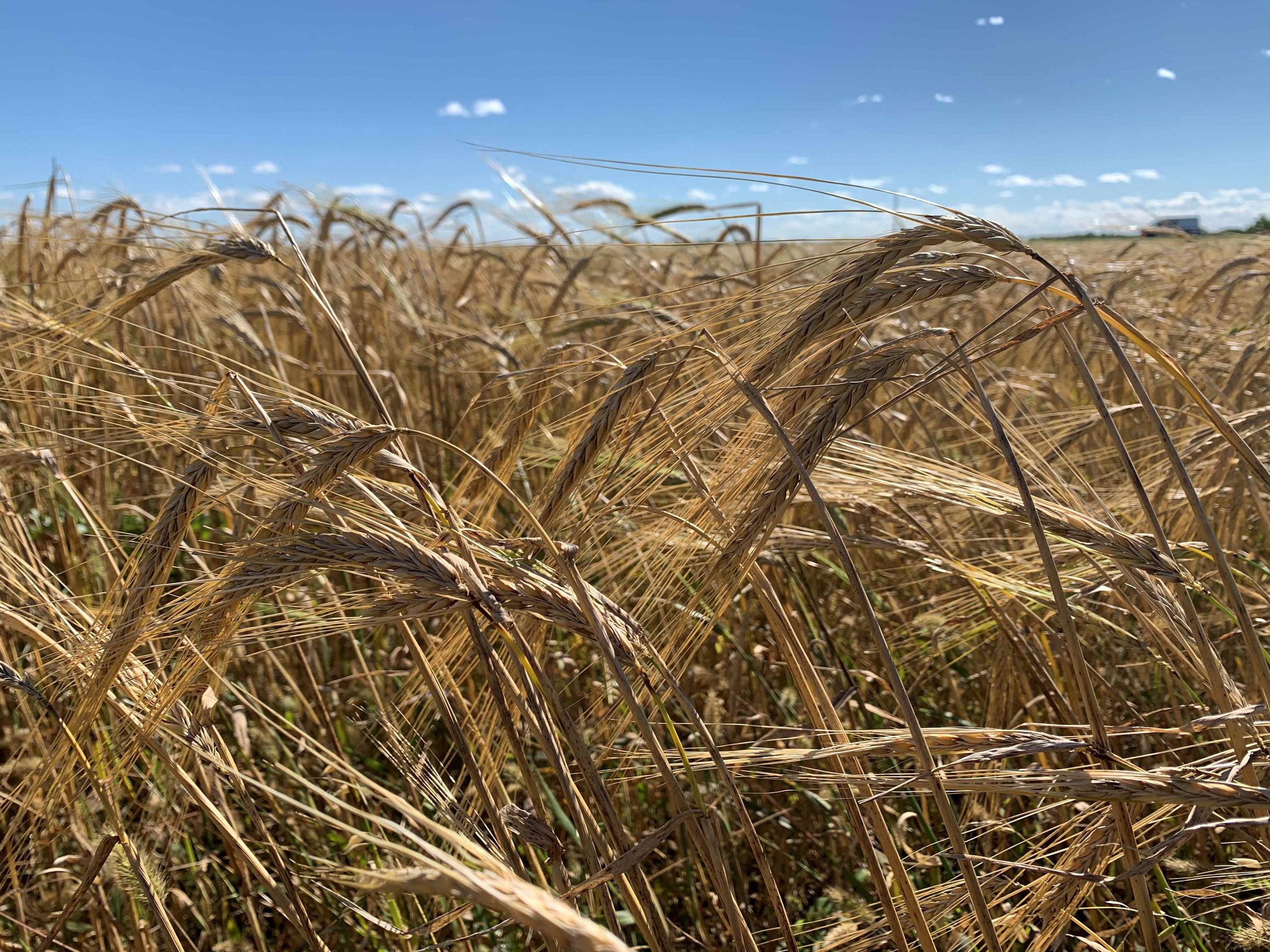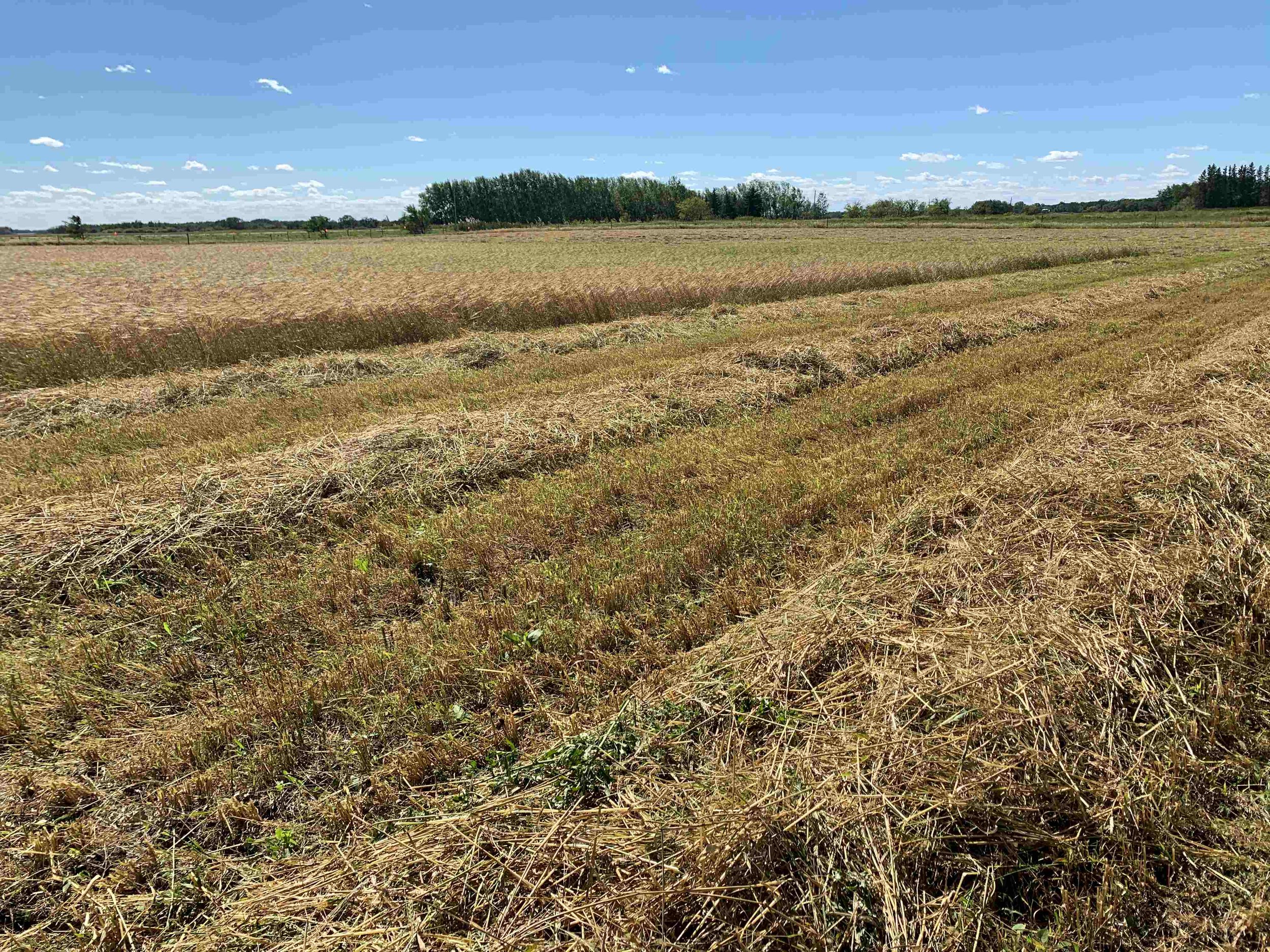Back to Research & Demonstration
Use of multispecies annual forage crops to promote healthy soil microbial communities and improve forage yield sustainability
Project Details
Project Lead: Luke Bainard (Agriculture & Agri-Food Canada)
Collaborators: Mike Schellenberg (Agriculture & Agri-Food Canada), Jillian Bainard (Agriculture & Agri-Food Canada), Kim Wolfe (Manitoba Agriculture), Pamela Iwanchysko (Manitoba Agriculture)
Years: 2016 - 2020
Project Status: Complete
Funding & In-Kind Support: Agriculture & Agri-Food Canada, Manitoba Beef & Forage Initiatives
Location: Brookdale Farm
Scope: Research
Keywords: Annual Forages, Soil Health, Intercropping, Fertility Management
Approach
Annual polycultures provide a possible management option to improve soil health and function in agricultural systems while reducing economic risks. Agroecosystems that more closely match natural ecosystems may have many benefits, such as increased yield, reduced inputs, improved soil fertility, yield stability, and weed suppression. If these benefits occur, one of the additional outcomes expected is improved producer profitability through increased productivity and reduced reliance on inputs.
Despite these potential benefits, we still have little knowledge on how annual forage polycultures impact long-term soil biodiversity and function, and how nutrient management might affect soil health and forage production.
This project aims to identify the benefits of diversity above and belowground and their potential contributions to sustainable and resilient forage production systems. Two field sites (Brookdale Farm & Swift Current) are used to investigate the effects of annual crop diversity and functional redundancy on soil microbial communities.
The four treatments are: Monoculture, 3-species polyculture, 6-species polyculture, and 9-species polyculture.
This project provides insight into the effect of crop mixtures and functional groups on the diversity and functional activity of soil microbial communities and their relative contribution to forage productivity.
Key Findings
After four years of growing these forage polyculture mixtures we continue to see higher biomass production with the oat monoculture compared to the mixtures. However, this may be due to the high weed pressure/lack of effective weed control management and the inclusion of crops in the more diverse mixtures (i.e., 6 and 9 species mixes) that appear to have low competitive ability with weeds and other forage crops.
Based on nutrition values collected during the first two years of the study, the mixtures provide a higher quality feed (i.e., lower ADF and NDF, and higher crude protein) compared to the oat monoculture. This study has provided an excellent learning opportunity to understand the mixture dynamics and led to the development of improved forage polyculture mixtures with a higher weed control capacity.
For More Information:
Bainard, L. D., Evans, B., Malis, E., Yang, T., & Bainard, J. D. (2020). Influence of annual plant diversity on forage productivity and nutrition, soil chemistry, and soil microbial communities. Frontiers in Sustainable Food Systems, 4, 560479. https://doi.org/10.3389/fsufs.2020.560479
Related Projects at MBFI:
Industry Resources:
Integrating Cover Crops - BCRC webinar presented by Jillian Bainard
Cover Crops - BCRC





